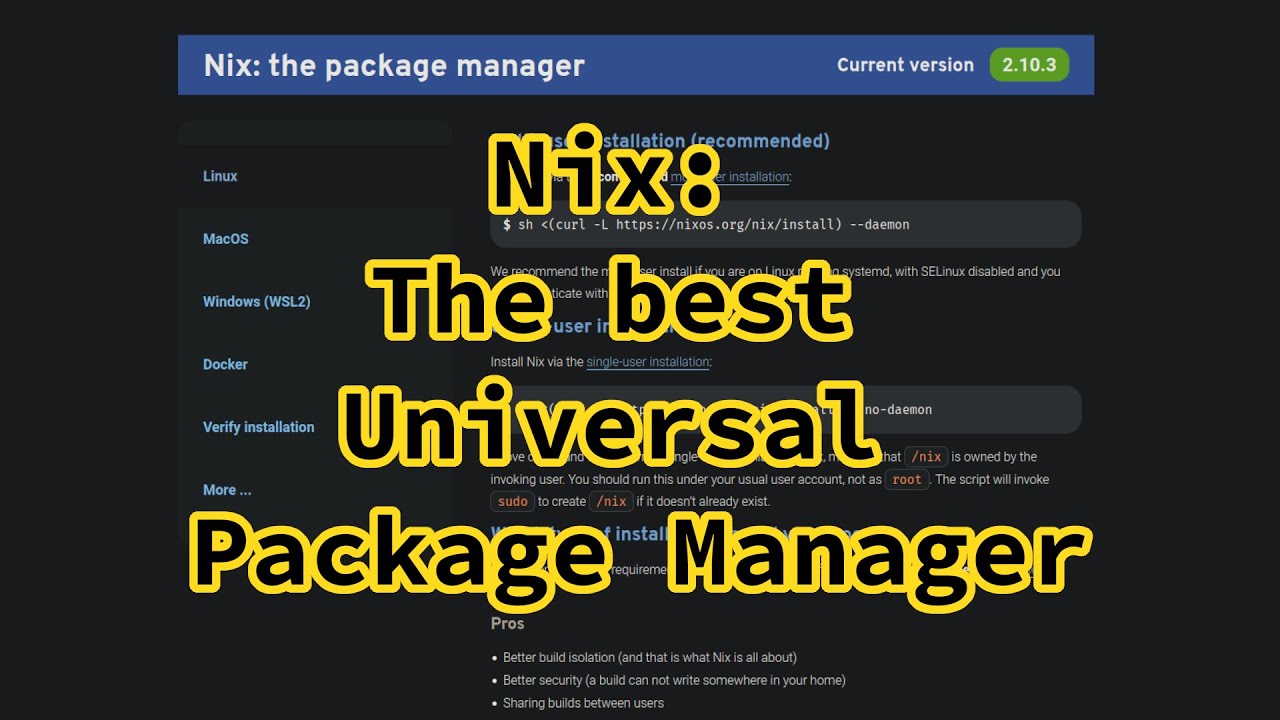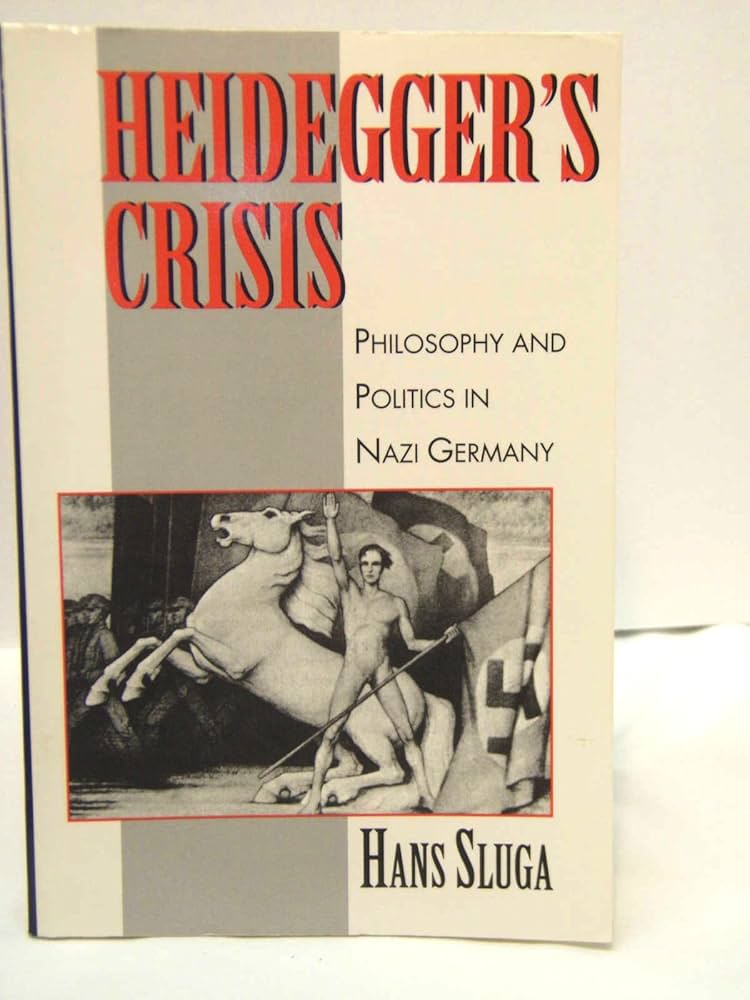A Government in Flux: The Challenges Ahead
As Austria navigates its current political landscape, the situation appears precarious. If I were in the shoes of the Federal President, I would have appointed Herbert Kickl to form the government, setting a deadline for negotiations. It is likely that he would have failed, perhaps igniting a reform process within the Freedom Party (FPÖ) and ultimately leading to Kickl being removed to salvage a coalition government involving the FPÖ.
The directive handed to Chancellor Karl Nehammer seems destined for failure. The ideological chasm between the Social Democrats (SPÖ) and the People’s Party (ÖVP) is too vast, while the Neos have been overly ambitious in their demands. Despite some discussions, one wouldn’t be surprised if behind-the-scenes negotiations are already taking place, potentially paving the way for a coalition between the FPÖ and ÖVP that excludes both Kickl and Nehammer.
Political maneuvering in Austria is full of complexities.
Political Maneuvering Behind Closed Doors
The political scene in Austria is akin to a chess game, where moves are calculated and strategic. There are whispers of undercover talks among the higher-ups of both the FPÖ and ÖVP while the public spectacle of coalition formation plays out. The reality is that further stalemate could compel urgent reforms in the FPÖ, especially if they feel they are being edged out of power dynamics.
The future of the Austrian government hangs heavily, not only on these negotiations but also on public sentiment, which seems divided.
What’s Next for Austria?
Looking towards the horizon, the question becomes: What can the Austrian people expect from their leaders? The road ahead will require bold and astute decisions. Whether the expected negotiations will yield productive outcomes remains to be seen, but one thing is clear: change is on the palette, and how it will be served is a matter waiting to unfold.
Decisions that affect the future of governance in Austria are being made now.
Amidst this uncertainty, dialogue remains critical. Citizens will need clarity and transparency from their leadership to foster trust and engagement. As the clock ticks on governmental formation, stakeholders from different parties must engage constructively—a prospect that seems increasingly challenging.
In summary, Austria stands at a crossroads, and the coming days will be instrumental in shaping its political future. As discussions continue, the stability of the government may very well depend on the capacity for negotiation and compromise.
The beauty of Austria contrasts sharply with its political turmoil.
Conclusion: A Call for Unity
In these turbulent times, it’s crucial for political leaders to remember their primary obligation to the Austrian populace. Collaborative politics may be the only path forward to prevent further stagnation. As history has shown, times of adversity can lead to unexpected resolutions. Will this be the juncture that prompts innovation in governance? The answer lies in the hands of those who hold power.
Let us watch closely as the story unfolds, keeping an eye on whether Austria’s leaders can rise to the occasion and deliver a stable government that truly represents the will of the people.
As always, we will be following these developments closely and will provide updates as they arise.















